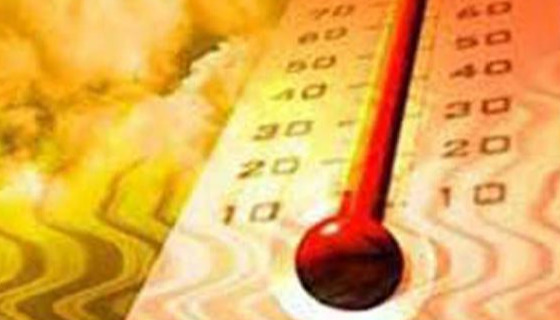
Havana, January 20 (RHC)-By ending with an average temperature 0.86 degrees Celsius higher than the annual historical average, 2021 was positioned as the third-warmest year in Cuba since 1951.
As reviewed in the most recent Climate Monitoring Bulletin, prepared by specialists from the Climate Center of the Institute of Meteorology, July, August, and September were extremely hot, with average temperatures close to 28 degrees Celsius, while there were warm anomalies in the rest of the months, except in November.
A total of 23 maximum temperature records were set in February, April, June, August, and December. Also, 2021 ranked among the years with the highest percentages of warm days and nights at most reference weather stations during 1980-2021.
According to what was stated in the recently presented Third National Communication and in the First Biennial Update Report to the United Nations Framework Convention on Climate Change, Cuba's climate shows a trend that will move towards a behavior with characteristics similar to those of an intensified greenhouse effect in the Earth's atmosphere.
According to research carried out in recent times, the average annual temperature on the island increased by 1.0 degrees Celsius, and the average yearly minimum by 2.0, in the stage from 1951 to 2017.
Also, each of the last three decades has been warmer than all previous decades.

